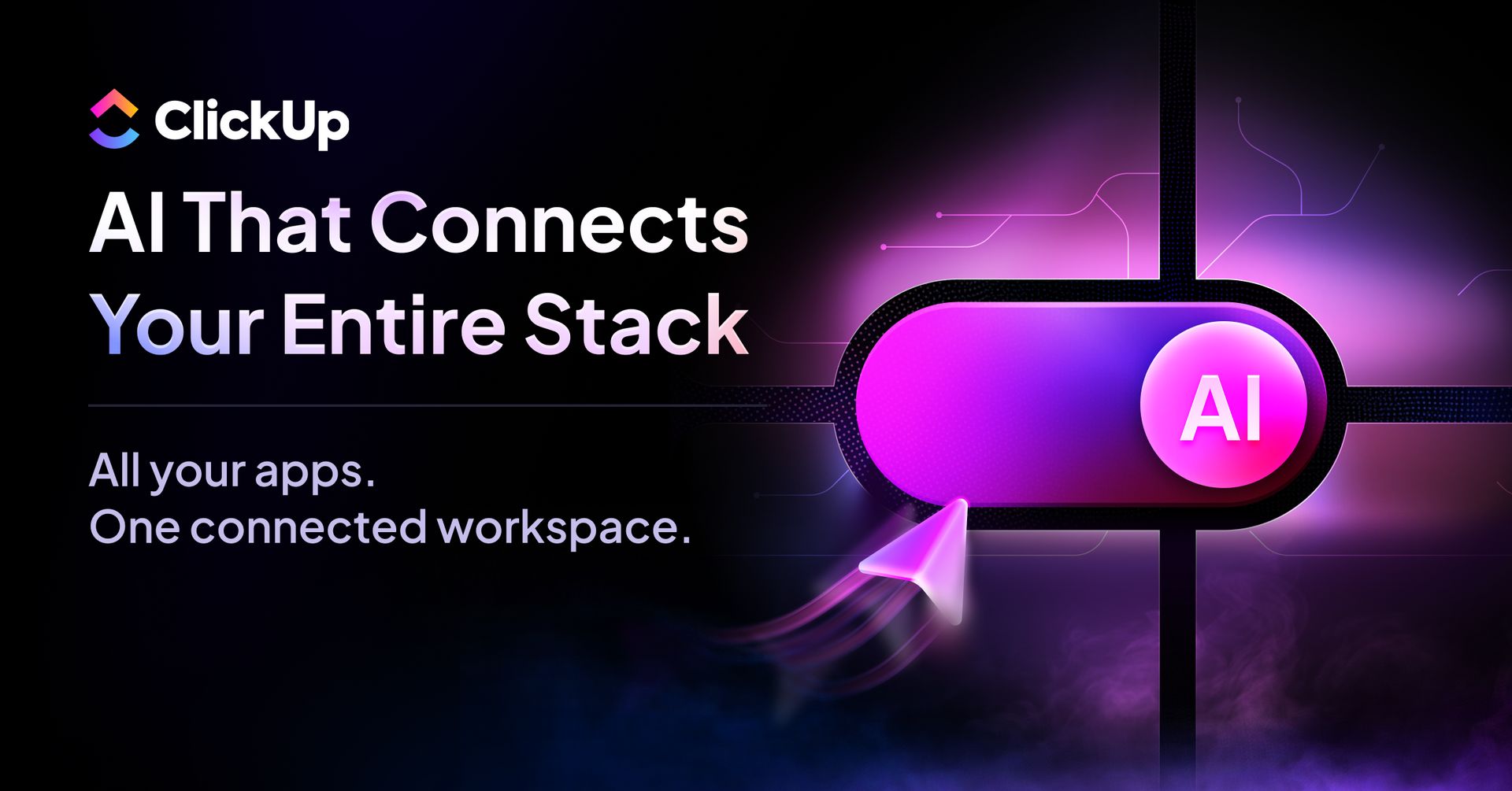- AI Toast
- Posts
- ChatGPT's new $5 subscription
ChatGPT's new $5 subscription
Plus: GPT-5 prompting guide

Welcome to AI Toast!
Today’s Menu:
OpenAI’s new ChatGPT Go: premium AI just got cheap in India.
Parag Agrawal’s wild $30M comeback
Quick sips: fresh tools, AI headlines, and big tech moves.
AI tools for leveling up your content game.
Total read time: About 5 minutes, perfect for a quick coffee break.
OpenAI just democratized AI for millions by launching ChatGPT Go, a new, high-value subscription at only ₹399/month (~$4.60) in India. Designed for affordability, this plan could redefine GenAI access in the world’s largest tech markets.
The new “ChatGPT Go” plan costs ₹399/month and is exclusive to India. This makes AI power accessible; the previous Plus plan cost ₹1,999/month.
Allows payment via UPI, which is huge in India.
Users get 10x more messages and 2x longer memory for more personalized chats, image generations, and file uploads than the free tier.
This move is likely to boost India’s already massive 29M+ app downloads. India is OpenAI’s second-biggest market by users, but average revenue per user is low.
Competitors like Perplexity and Google have already rolled out free or discounted AI plans for India, which has made OpenAI play a hand too.
This initiative is India-only for now, with global rollout in consideration.
OpenAI’s move gives Indian users access to amazing tools, emphasizing a shift towards “AI for all.” It sets the stage for increased adoption in price-sensitive markets.
Personal Take: AI is no longer a privilege; it’s becoming a true utility. Premium AI tools will become as common as smartphones in emerging markets, fundamentally changing how billions of people work, learn, and create.
Typing is a thing of the past
Typeless turns your raw, unfiltered voice into beautifully polished writing - in real time.
It works like magic, feels like cheating, and allows your thoughts to flow more freely than ever before.
With Typeless, you become more creative. More inspired. And more in-tune with your own ideas.
Your voice is your strength. Typeless turns it into a superpower.
Parag Agrawal was kicked off of Twitter in 2022, but he's back with a new AI business that could change how robots use the internet. His newest business, Parallel Web Systems, isn't just another AI startup; it's a whole new way for AI to do real-time research.
Agrawal's startup, Parallel Web Systems, has already raised $30 million from top VCs.
The technology allows AI models to look up information on the web in real time, not merely use previous training data.
Since it started in 2023, Parallel has expanded to a team of 25 people and already does millions of research jobs every day for AI companies that are early adopters.
It has special "research engines" that can get information, check facts, and organize data, which leads to more accurate and trustworthy results.
Their advanced Ultra8x engine has done better than both OpenAI's GPT-5 and people on tough tests.
The software is already used for a wide range of things, from coding bots to retail analytics, and it can be accessed through a number of APIs.
Agrawal thinks that the globe is about to send out thousands of digital agents for every person, which will change the internet as we know it.
As the AI battle heats up, Parallel wants to set a new standard for information that is smart and up-to-date.
Personal Take: Personally, I see this as the dawn of an “agent economy” where everyday life could be powered by a fleet of intelligent assistants, making the internet more useful.
The Only AI That Knows All Your Work
Most AI tools start from scratch every time. ClickUp Brain already knows the answers.
It has full context of all your work—docs, tasks, chats, files, and more. No uploading. No explaining. No repetitive prompting.
It's not just another AI tool. It's the first AI that actually understands your workflow because it lives where your work happens.
Join 150,000+ teams and save 1 day per week.
Superhero Tools (Content Creation)
ElevenLabs: Turn text into lifelike speech in seconds with this powerful AI voice generator.
Creatify: Instantly create videos, ads, or avatars using AI for fast and easy content generation.
Canva: Design everything from social posts to presentations effortlessly with user-friendly drag-and-drop tools.
Microsoft Designer: Make stunning graphics and visuals powered by AI for your social media or brand in minutes.
Genspark: Use an AI agent engine to collect, organize, and present web knowledge into simple, actionable pages.
Decktopus: Create professional presentations automatically; just type your content and let AI handle the design.
Quick AI News Bites
Sam Altman warned that Trump is underestimating China’s AI threat and said the U.S. could fall behind if it doesn’t take the competition seriously. He argued that China is advancing faster in AI than many expect.
A massive new $3B artificial intelligence facility in Harwood, ND is being built to power next-generation AI needs. This site is expected to bring jobs and boost research in the Midwest. Officials say it’s one of the largest AI investments in the U.S. to date.
OpenAI announced that GPT-5 is being made warmer and friendlier after users felt earlier versions were too formal. The AI will now respond with subtle human touches like “Good question” instead of sounding robotic.
Elon Musk revealed that his AI chatbot Grok will soon be able to speak real words, expanding beyond text replies. This step is aimed at making interactions more natural and human-like. Musk hinted this is just the beginning of Grok’s voice capabilities.
Grammarly rolled out a big design overhaul with new AI features to improve writing assistance. The update brings a cleaner interface and smarter suggestions. It now helps users with tone, creativity, and even rewriting entire passages.
Scientists developed a ‘universal’ detector to spot AI deepfake videos with record-breaking accuracy. Unlike older tools, it works across different types of AI-generated fake content.
GPT-5 is OpenAI’s latest flagship model, marking a major step forward in agentic task handling, coding, overall intelligence, and steerability. The GPT‑5 Prompting Guide is a helpful resource created by OpenAI. It shares tips and best practices to get the most accurate, efficient, and helpful responses from the GPT‑5 model. The advice comes from real-world testing and experience working with the model.
GPT‑5 is built to understand and follow instructions better, including when using tools. To control how eager the model is to act on its own:
Reduce eagerness: Set a lower
reasoning_effortto make the model act faster but maybe less creatively. Clearly define your goals and stopping points.Increase eagerness: Ask the model to keep going until the task is completely solved. Encourage it to make its own moves, even when uncertain.
Using “tool preambles” helps too—these are short updates from the model that explain what it plans to do before using any tools. This makes actions clearer and more transparent.
2. Maximizing Coding Performance
GPT‑5 is powerful in coding. It can manage large codebases, handle bugs, and build new applications. To get the best results:
For frontend app development, use technologies like Next.js, React, Tailwind CSS, and icon libraries like Heroicons.
When working with existing code, help GPT‑5 by including instructions that describe style, folder structure, and best practices. This helps it blend naturally with the rest of the code.
Example from Cursor, a code editor: they set system prompts to encourage clarity—like using clear variable names, avoiding overly clever code, and including comments. They also reduced general verbosity but allowed detailed code outputs where needed.
3. Better Intelligence & Following Instructions
GPT‑5 is very precise about following instructions. That means if your prompt has conflicting or vague parts, it struggles more than previous models. For example, two statements like “Don’t schedule without consent” and “Automatically schedule first” can confuse it. The guide advises resolving such conflicts carefully.
There’s also a new verbosity parameter that sets how long the answer should be. You can override it in specific parts of your prompt—say, keep general responses short but code parts detailed.
4. Minimal Reasoning Mode
This fastest setting is great for quick answers. To use it well:
Ask for a brief summary of the model’s thought process at the start (like bullet points).
Use tool preambles to keep the user informed.
Make instructions very clear to avoid confusion.
Include explicit planning in your prompt so the model doesn't stop early.
5. Markdown Formatting
GPT‑5 doesn’t format in Markdown by default—but you can gently remind it to use headings, code blocks, lists, or tables. Just ask it in your prompt. And if formatting drifts later in a conversation, repeat the instruction every few messages to keep things consistent.
6. Metaprompting (Prompting GPT-5 to Improve Prompts)
An interesting tip: you can ask GPT‑5 to critique and refine your prompts. Provide the original prompt and say what it should do—and what it’s doing wrong. GPT‑5 can suggest minimal edits to improve it.
Why this matters: The guide helps both developers and writers like you get better results from GPT-5 by showing you how to:
Control model behavior (how proactive or concise it is).
Get better code generation and integration.
Prevent confusion with clearer prompts.
Speed things up with minimal reasoning when needed.
Keep formatting clean with Markdown.
Improve your own prompts using GPT-5 itself.
Whether you're writing content or building tools, these ideas help you get more accurate, efficient, and customized responses.
Read here: GPT-5 Prompting Cookbook
Boost revenue and gain new customers by partnering with us
Reach over 35K AI enthusiasts with your product.
Join our newsletter to connect with tech professionals, investors, engineers, managers, and business owners worldwide. DM now!
Got feedback, a story worth toasting, or a wild tech question? I’d love to hear from you; just reply, or find me on X.
Cheers,
— Poonam Soni






